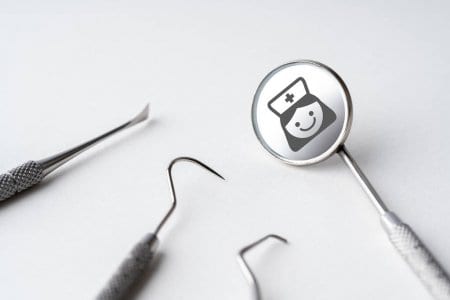Dental bonding, also known as a binding compound, is a procedure that applies the application of a resin material of the color of the tooth to the teeth. Bonding is a method used to correct the cosmetic and/or structural defects of a tooth. Dental bonding uses resin material applied to either the back or the front of the teeth. The purpose of the procedure is to restore decayed teeth or for cosmetic changes. Bonding is used to cover natural defects and can correct the appearance of crooked teeth.
Dental Bonding
Dental bonding is a medical procedure that is used to solve cavity problems, and also to repair damaged or chipped teeth. Dentists can also use the procedure to fix and hide teeth that have become discolored. Dental bonding can also be used to close some natural hollow unsightly teeth caused by any form of accident or damage to teeth. Bonding can be used to change or alter the shape of the teeth, and make the teeth more attractive.
Terms
Both structural and cosmetic conditions can be relieved by dental bonding. Structural conditions include the repair of decayed teeth, the repair of chipped or cracked teeth, and the protection of exposed roots due to gum recession. Dental bonding can also improve the appearance of discolored teeth, close the spaces between the teeth, give the impression of longer teeth, change the shape of the teeth and provide an alternative to amalgam fillings. For poorly aligned teeth, bonding can provide a more aligned smile.
Process of Dental Bonding
Bonding does not require much prior preparation and anesthesia is not often unnecessary. The dentist begins by selecting a composite resin to match the color of the patient’s natural tooth. The surface of the tooth is rough, and then a conditioned liquid is applied. Roughness allows the resin to adhere properly to the tooth. The resin is then applied to the tooth. The dentist molds and softens the resin to get the desired shape. The dentist then hardens the resin by applying a high-intensity light, either laser or ultraviolet. Once the resin has hardened, the dentist will promote shape and polish the tooth to match the appearance of neighboring teeth. The procedure can take 30 to 60 minutes to complete.
Dental Bonding Benefits
Bonding compound is an alternative to more expensive procedures, such as porcelain veneers, bridges, and crowns. Bonding can be done in a single visit, unlike the veneer, which are personalized and made in a laboratory. The amount of tooth enamel that needs to be removed from the joint is less than that necessary for veneers or crowns. The composite resin expands and contracts with the tooth, avoiding cracks and tooth loss. Contact our Gilbert, AZ office to get more information on the cost for dental bonding.
Limitations of Bonding
The composite resin has some resistance to stains, but not as resistant to stains as a crown. The bonding material is not as strong as a varnish or a crown, which can cause the chip resin and detach from the teeth. Due to limitations, bonding is often suggested for small cosmetic changes and correction of temporary cosmetic defects.
After the Bonding Procedure
Dental bonding does not require special maintenance. Patients should follow standard oral hygiene practices: brush at least twice a day, floss once a day and schedule regular check-ups and cleanings. Avoiding nail-biting, chewing ice, and using your teeth as an opener to help prevent the resin from splintering.
If you have questions about the look of your teeth or smile, please give us a call today to make your next dental appointment here at Smiles at San Tan Ranch.




